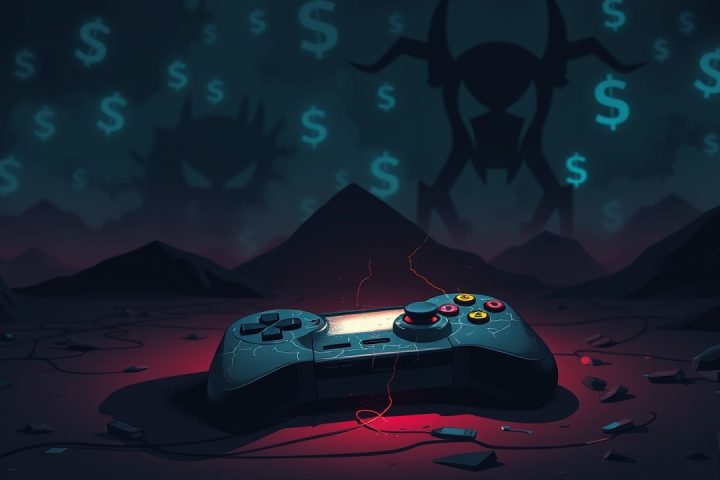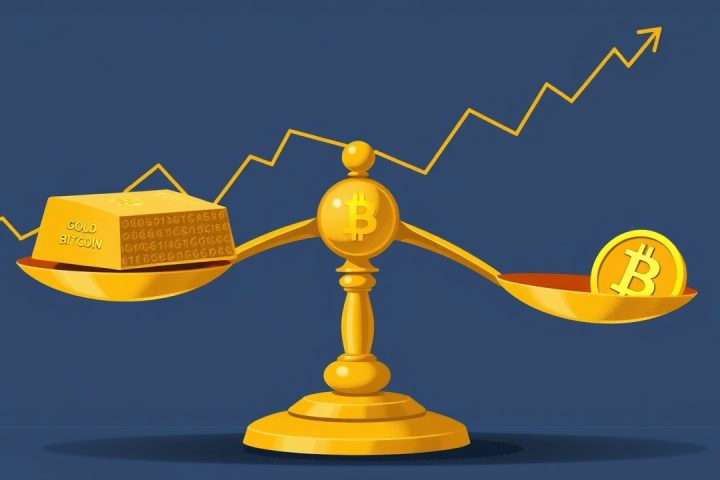U.S. Recession Likelihood Declines
On Wednesday, the likelihood of a recession in the United States saw a notable decline, with estimates ranging from 15% to 25% across various prediction markets. This shift occurred right after President Donald Trump revealed a temporary halt on tariffs for at least 90 days, which applies to U.S. imports with a minimum levy of 10%.
Market Reactions
Following this announcement, stock markets experienced significant gains, evident in the soaring values of indices like the Nasdaq 100 and S&P 500, which approached intraday highs of nearly 10%.
Economic Forecasts
According to data from the global trading platform Myriad Markets, the probability of the U.S. entering a recession by the end of 2025 is currently pegged at 46%. Other prediction markets, such as Polymarket and Kalshi, have set even higher probabilities, estimating them at 48% and 55%, respectively. Notably, Myriad Markets operates under Dastan, the parent company of Decrypt.
This rebound in the market starkly contrasts with the downturn experienced in the preceding week, which many attributed to Trump’s aggressive tariff policies. In his social media post, Trump stated,
“Today is a good day to buy,”
shortly before announcing the pause on tariffs.
Expert Opinions
Furthermore, some leading financial institutions have also amended their predictions regarding a recession. Goldman Sachs, for instance, withdrew its earlier assessment indicating that a U.S. recession was imminent by the close of 2025, as reported by Bloomberg.
However, amidst these optimistic glimpses, economic experts exercise caution. Justin Wolfers, a University of Michigan economics professor, advised against interpreting the revised forecasts from investment firms as signals of robust economic health. He stressed the ongoing risks, stating,
“While the tariff pause reduces recession fears, it’s still VERY risky.”
Wolfers highlighted that recession probabilities remain elevated due to previous damage inflicted by Trump’s policies and described the current measures as merely a partial solution to the ongoing economic challenges.
Conclusion
As the situation unfolds, it remains critical to observe how these economic indicators will further evolve in light of recent policy adjustments.




